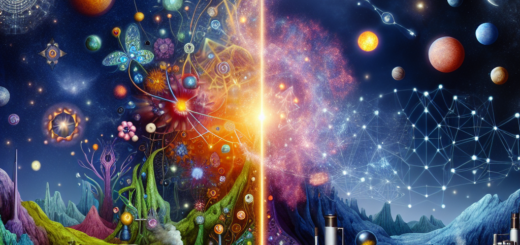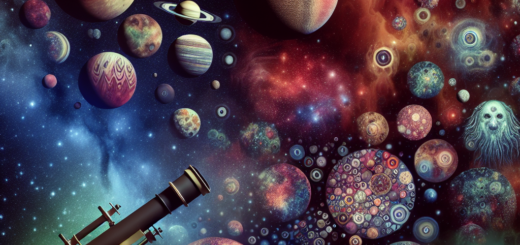Alien Worlds: Strange Atmospheres and Bizarre Landscapes
Alien Worlds: Strange Atmospheres and Bizarre Landscapes
The universe is a vast and mysterious place, filled with countless planets and moons that are unlike anything we have ever seen before. From the swirling clouds of Jupiter to the icy plains of Pluto, each celestial body has its own unique atmosphere and landscape that can leave us in awe of the beauty and strangeness of the cosmos.
One of the most fascinating aspects of alien worlds is their atmospheres. While Earth’s atmosphere is composed mainly of nitrogen and oxygen, other planets have atmospheres that are vastly different. For example, Venus has an atmosphere that is thick with carbon dioxide and sulfuric acid, creating a greenhouse effect that makes it the hottest planet in our solar system. Mars, on the other hand, has a thin atmosphere composed mostly of carbon dioxide, with dust storms that can cover the entire planet for weeks at a time.
Beyond our own solar system, astronomers have discovered exoplanets with atmospheres that are even more bizarre. Some exoplanets have atmospheres that are so thick, they create a pressure that is thousands of times greater than that of Earth. Others have atmospheres that are filled with toxic gases, making them inhospitable to life as we know it.
In addition to their atmospheres, alien worlds also boast landscapes that are unlike anything we have on Earth. From the towering mountains of Mars to the vast plains of Titan, each planet and moon has its own unique geological features that can leave us mesmerized. For example, Io, one of Jupiter’s moons, is covered in active volcanoes that spew lava hundreds of miles into space. Meanwhile, the surface of Titan, Saturn’s largest moon, is dotted with lakes and rivers of liquid methane and ethane.
While we may never be able to visit these alien worlds in person, the images and data gathered by spacecraft and telescopes have given us a glimpse into the strange atmospheres and bizarre landscapes that exist beyond our own planet. By studying these alien worlds, scientists hope to gain a better understanding of the processes that shape our universe and the potential for life beyond Earth.
In conclusion, alien worlds are a testament to the vast diversity and beauty of the cosmos. From the strange atmospheres of Venus and Mars to the bizarre landscapes of Io and Titan, each celestial body offers a glimpse into the wonders of the universe. As we continue to explore and study these alien worlds, we may uncover even more mysteries and marvels that can expand our understanding of the universe and our place within it.













